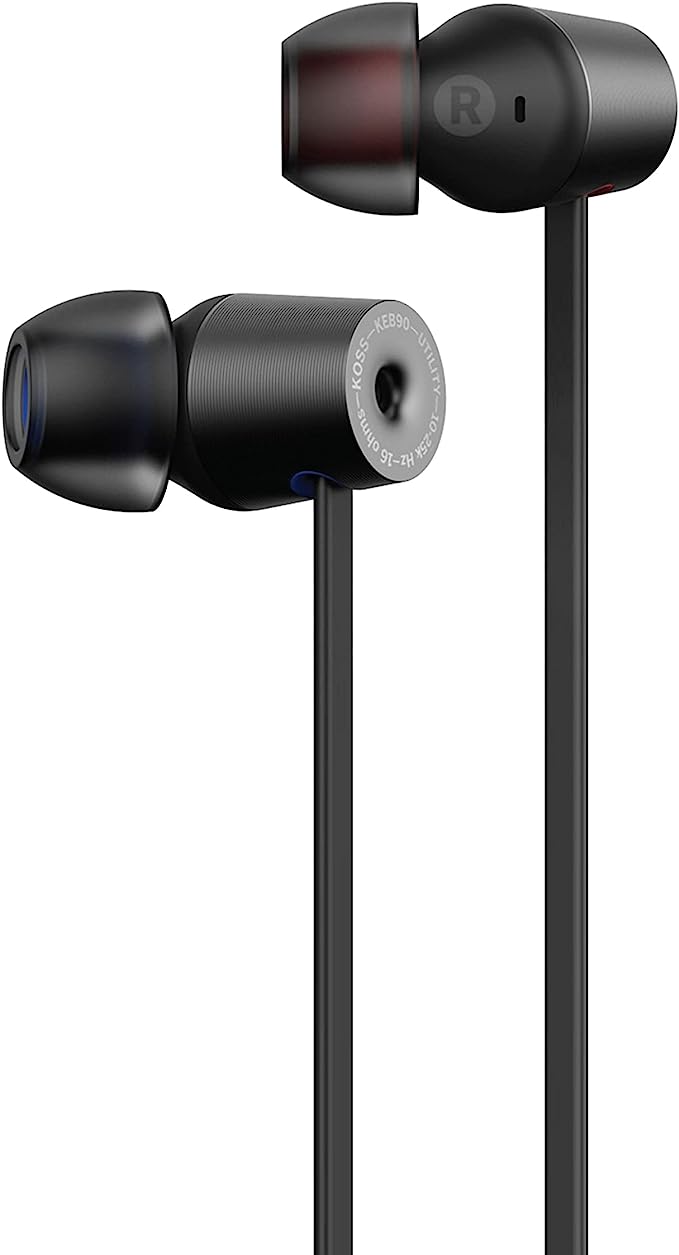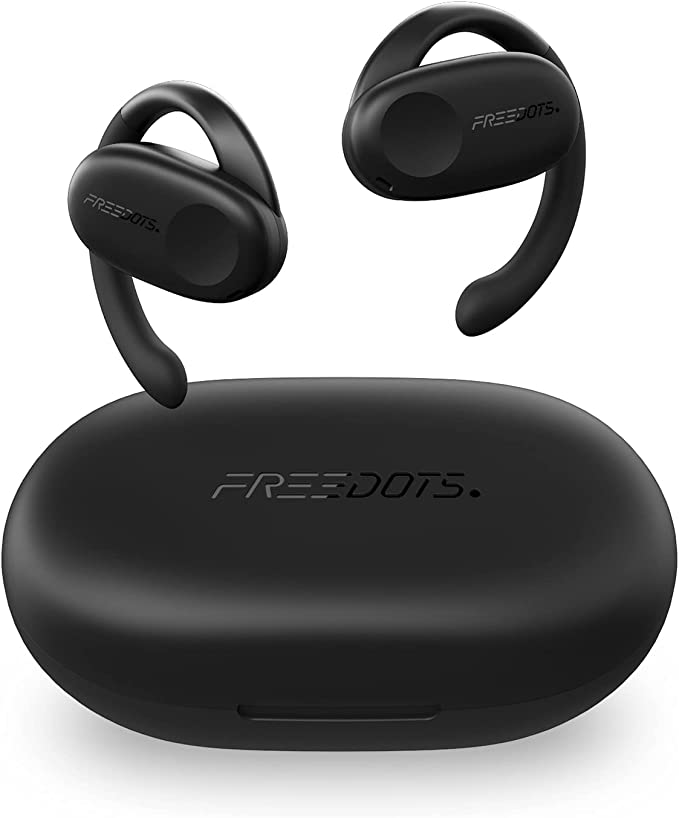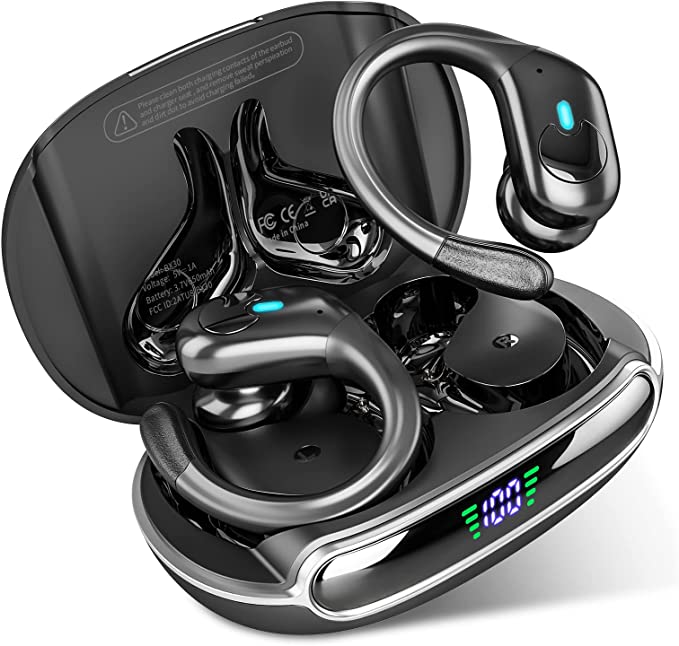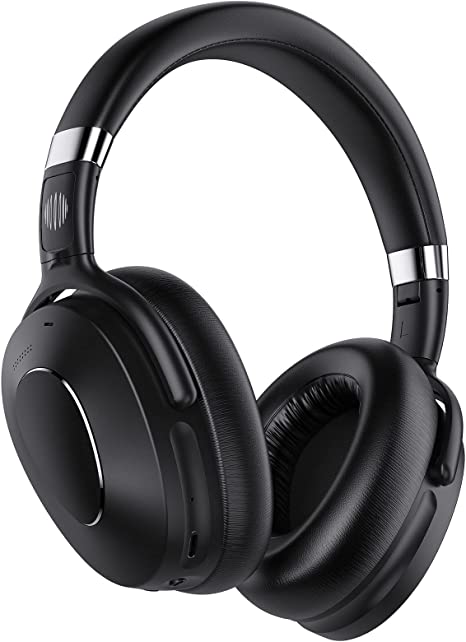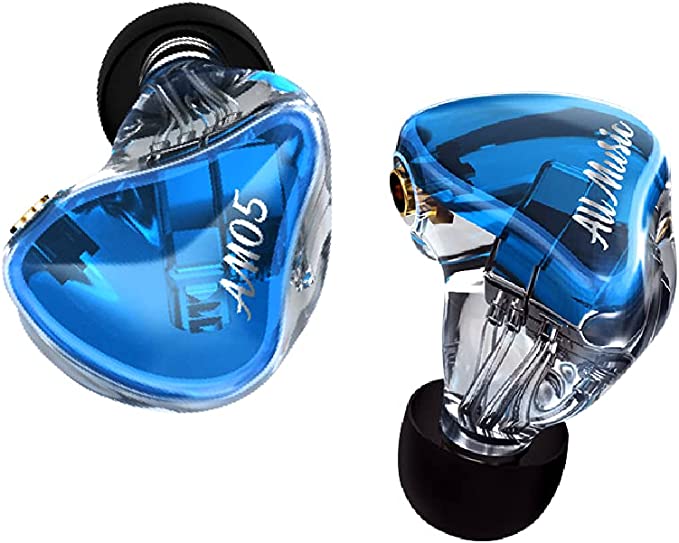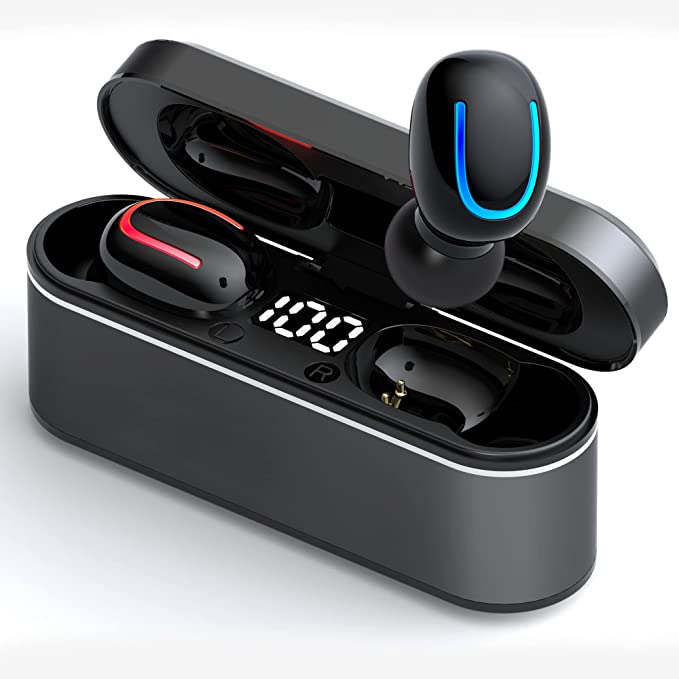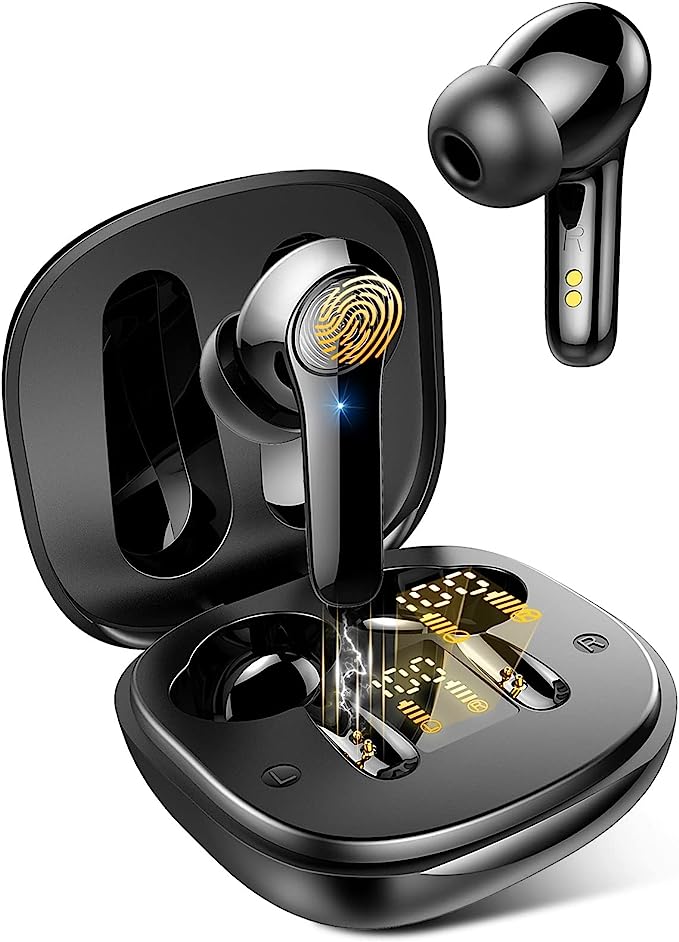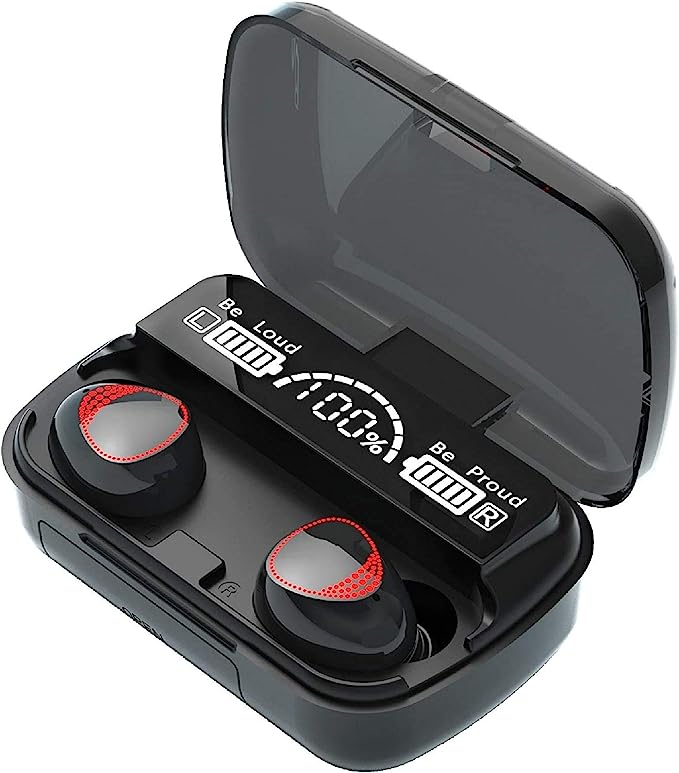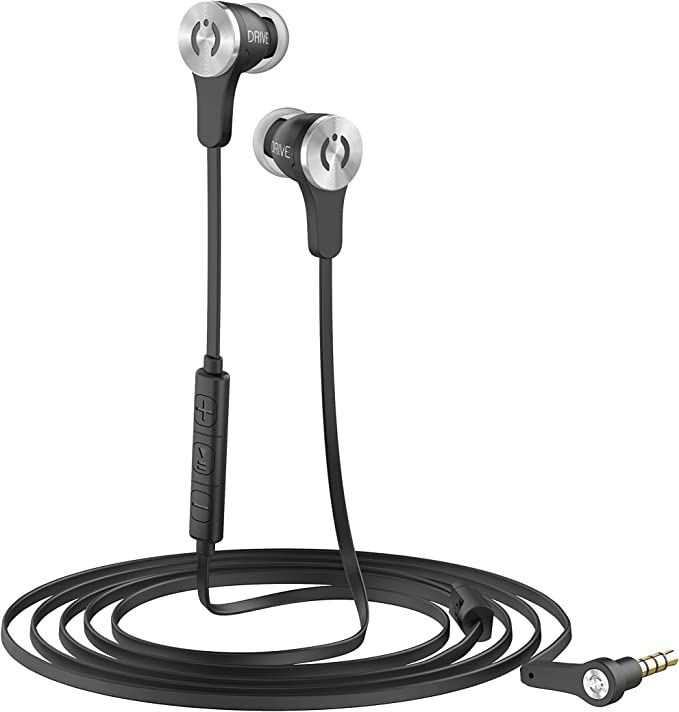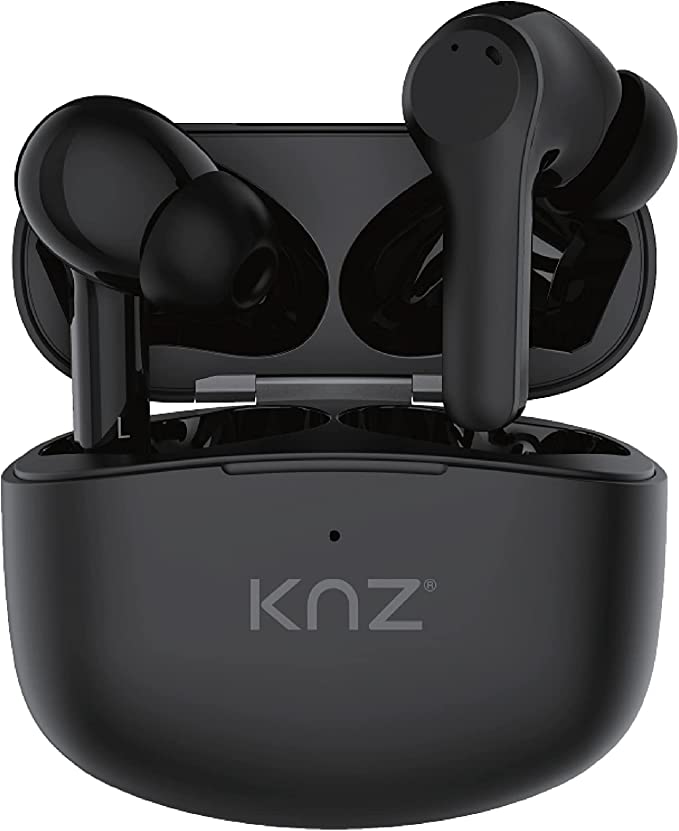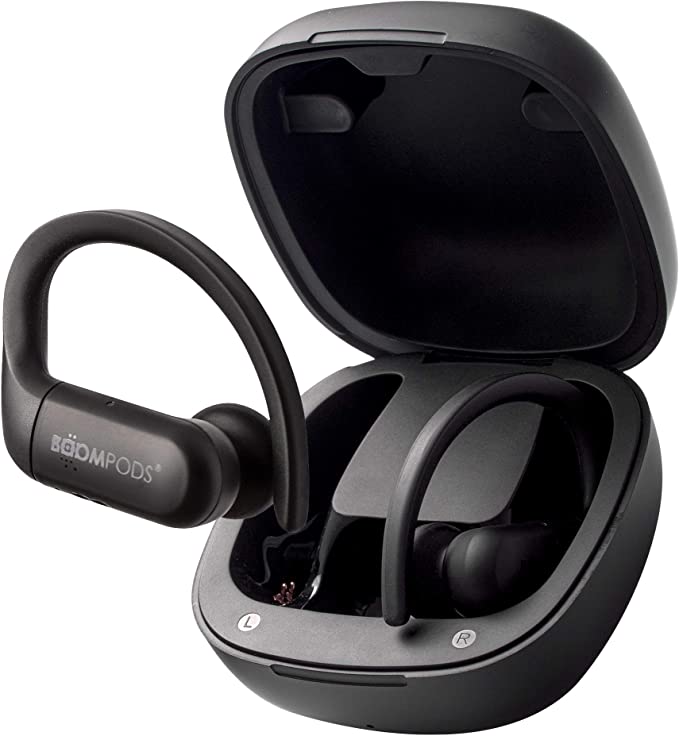Beyond the Screen: Designing the 'Invisible' User Experience for Wearable Audio
Update on Oct. 21, 2025, 12:53 p.m.
For decades, our digital lives have been dictated by the glowing rectangle. We hunch over screens, our attention held captive by a constant stream of notifications and interfaces. But a new paradigm is emerging: ambient computing, a world where computation is woven into the fabric of our environment, accessible yet invisible. In this world, how do we measure the quality of our interaction with technology? The answer may lie not in what the technology does, but in how it makes us feel—and the goal is tranquility. This is an exploration of “Calm Technology,” using the design of audio wearables like the Bose Frames Soprano as a lens to understand the future of a truly seamless, human-centric user experience.

Calm Technology: A Yardstick for the Post-Screen Era
Coined by researchers at Xerox PARC and championed by cyborg anthropologist Amber Case, Calm Technology is a design philosophy that advocates for technology that serves us without demanding our full attention. It should be a quiet partner, enhancing our capabilities while staying in the periphery. A piece of Calm Technology, for instance, informs without overwhelming and allows us to amplify the best parts of being human—awareness, connection, and focus. To assess how a device like the Bose Frames measures up, we can examine it against some of these core principles.
The ‘Calm’ in the Design: An Interaction Teardown
The Bose Frames Soprano, at first glance, are a stylish pair of sunglasses. But embedded within is a masterclass in designing for the periphery.
Principle 1: Low Cognitive Load & Intuitive Control
Consider the act of answering a call while cycling. The traditional method involves pulling out a phone, potentially fumbling with a screen, and diverting significant attention from the road. The Frames reduce this entire interaction to a single press of a button on the temple. Music playback is similarly simplified. This isn’t just about convenience; it’s about reducing cognitive load. The user doesn’t have to “think” about the interface; the action becomes an extension of their intention. The swipe gesture for volume control further reinforces this, leveraging a natural, directional metaphor that requires almost no learning curve.
Principle 2: Contextual Awareness & Automation
Truly calm technology anticipates our needs. The Frames incorporate two brilliant examples of this: “Flip-to-Off” and motion-based auto-off. Instead of requiring the user to remember to press and hold a power button, the device uses a simple, physical metaphor—turning the glasses upside down—to power down. This is an example of leveraging a “physical affordance,” making the interaction feel natural and intuitive. Similarly, detecting a lack of motion for 10 minutes to automatically power off is a silent, background process that respects the user’s energy and the device’s battery life without requiring any conscious input.
Principle 3: Enhancing the Periphery, Not Dominating the Center
The core value of open-ear audio is a direct embodiment of calm technology. It allows information—music, a podcast, navigation prompts—to exist in the user’s auditory periphery. Unlike noise-canceling headphones that create an isolated digital bubble, the Frames layer digital audio atop the real world. A parent can listen to an audiobook while still hearing their child in the next room. A runner can enjoy a playlist while remaining aware of approaching traffic. The technology is augmenting reality, not replacing it.
The ‘Noise’ in the Experience: When Technology Fails to Disappear
The path to perfect calm, however, is not without its bumps. Even in a well-designed product, the physical limitations of current technology can create moments of “noise”—friction that pulls the user’s attention back to the device itself.
The capacitive touch surface for volume, while elegant, can be finicky. Users report that wet hands from rain or sweat, or wearing gloves in the cold, can render the gesture control unreliable. In these moments, the user is forced to troubleshoot the interface, and the technology is no longer calm. The double-tap to access a voice assistant can also be prone to misinterpretation, a common issue with gesture-based inputs that lack tactile feedback.
Furthermore, the physical form factor itself presents challenges. While the TR90 nylon is lightweight, some users find the frames too large or ill-fitting for their face shape. An uncomfortable or unstable physical object can never be truly “calm.” And the 5.5-hour battery life, while respectable, still imposes a limit on the seamlessness of the experience. The need to consciously manage battery life and the act of charging are reminders that we are, indeed, dealing with a piece of electronics.

Conclusion: A Roadmap for Future Interaction
The Bose Frames Soprano, viewed through the lens of Calm Technology, are a remarkable case study. They represent a significant step away from screen-centric interaction and toward a more integrated, less intrusive digital future. They succeed brilliantly in leveraging automation, intuitive physical metaphors, and peripheral information delivery. Their shortcomings—related to the imprecision of touch controls and the physical constraints of battery and fit—are not so much failures of design as they are honest reflections of the current state of material science and component technology.
The lessons are clear. The future of wearable and ambient computing lies not in cramming more features into smaller devices, but in a relentless focus on reducing cognitive load and respecting the user’s attention. The ultimate goal is to create technology that is so reliable, so intuitive, and so attuned to our context that it truly disappears, leaving only its benefits behind.



